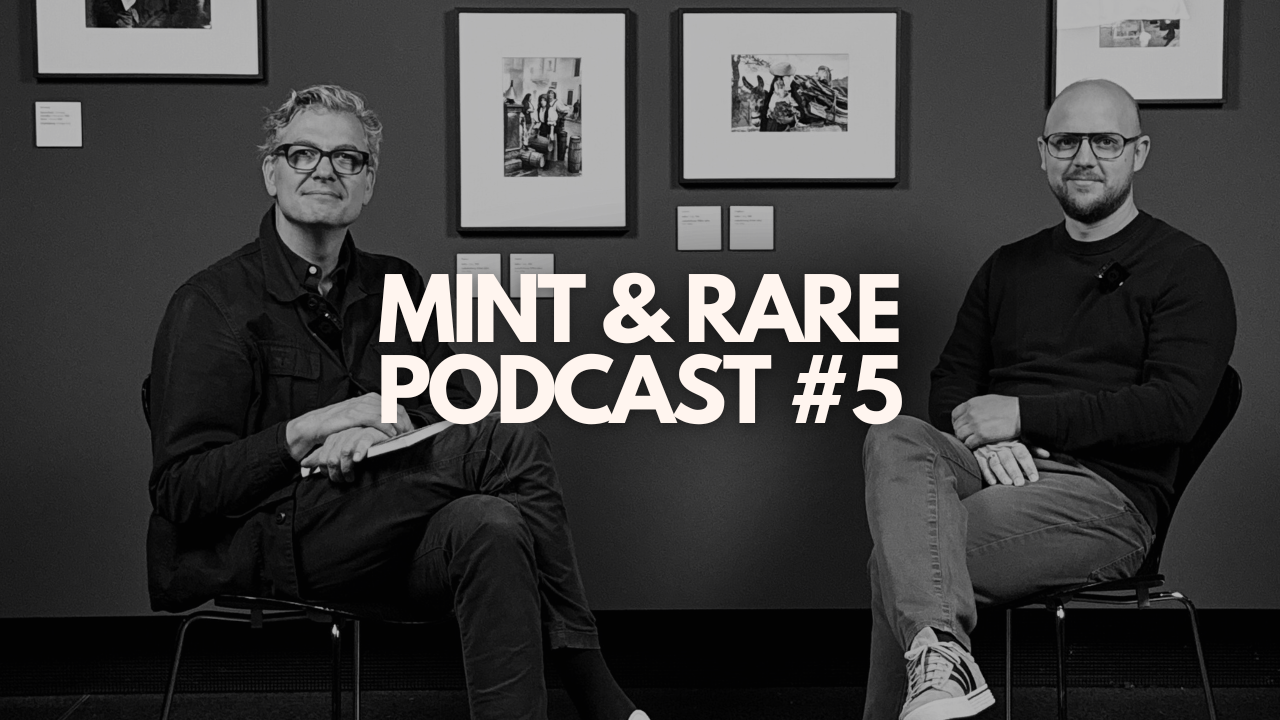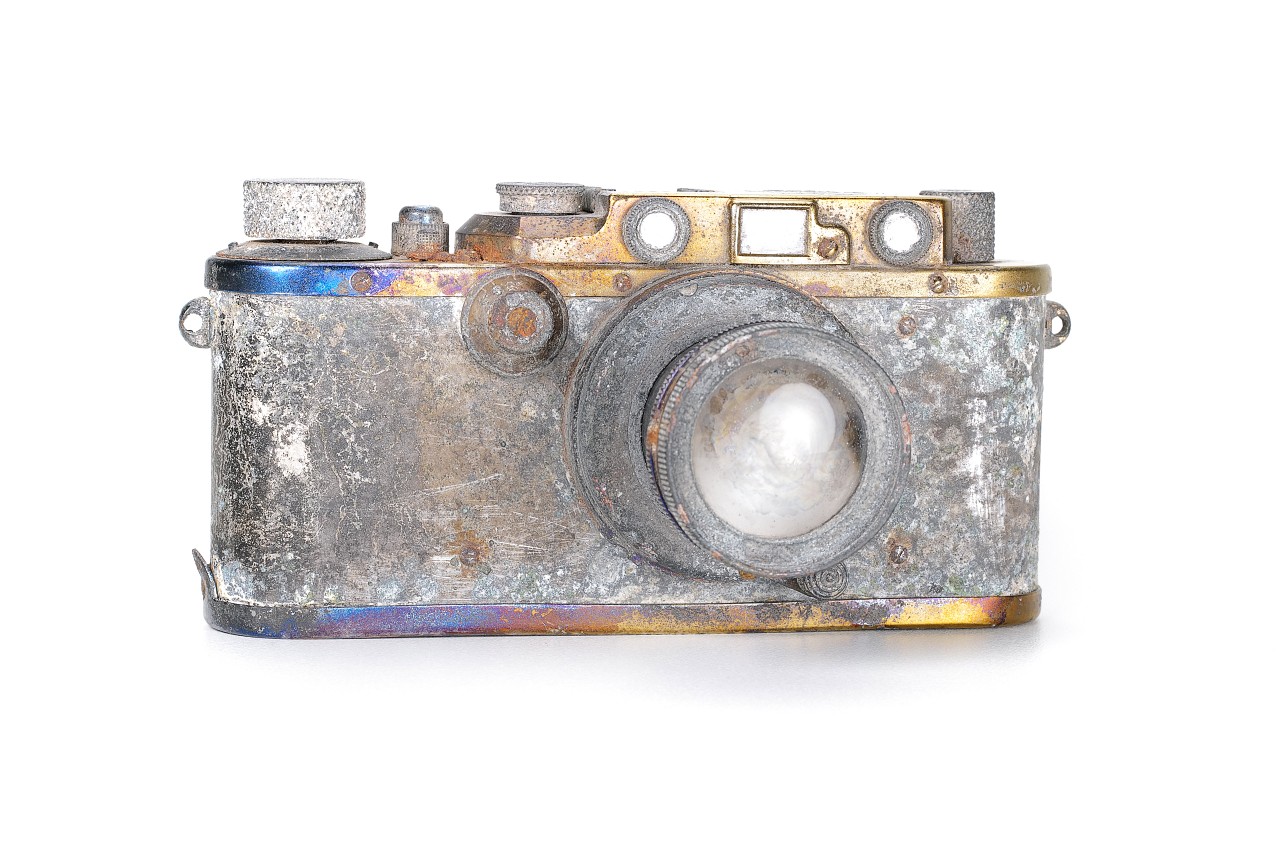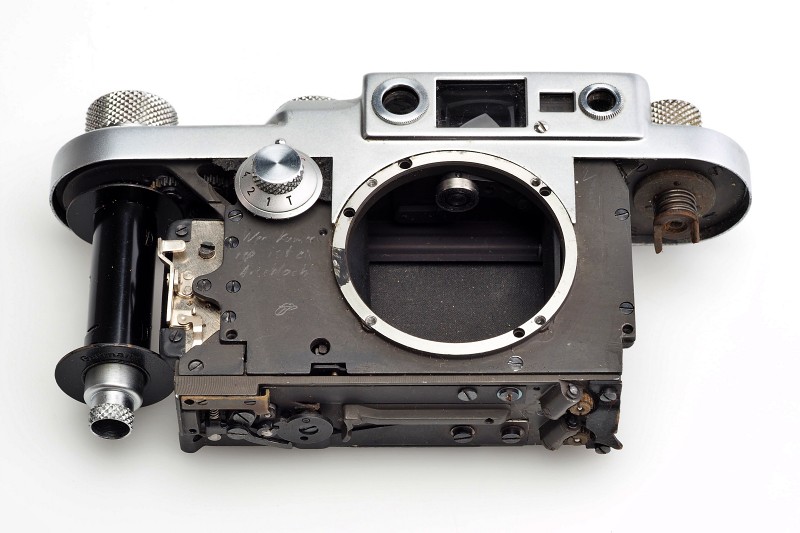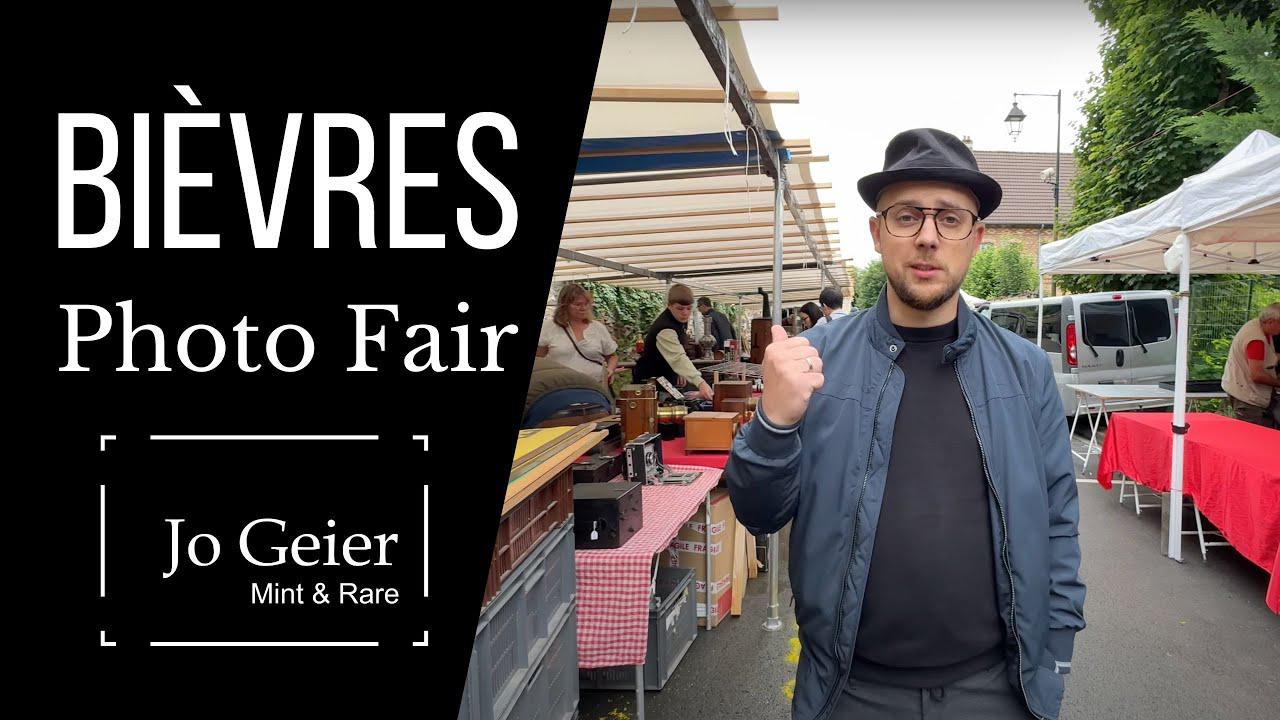Henri Cartier-Bresson and His Cameras: A Chronological Journey
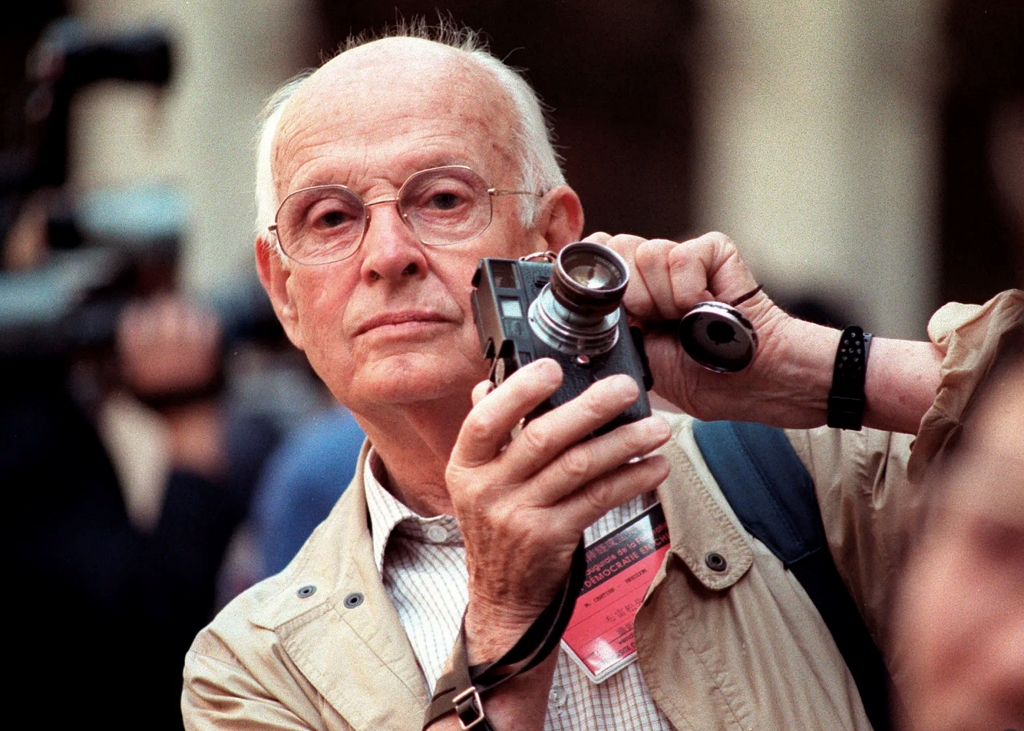
Henri Cartier-Bresson (1908–2004), often described as the “father of modern photojournalism”, is remembered as much for his philosophy of the decisive moment as for the cameras that helped him achieve it.
Henri Cartier-Bresson and His Cameras: A Chronological Journey
Throughout his career, Cartier-Bresson’s choice of equipment evolved in step with Leica’s own technological progress—and with his own needs as a discreet observer of life. The story of his cameras is about how form and function shaped one of the most influential photographic eyes of the twentieth century.
The 1930s: Beginnings with the Leica I and Leica II
Cartier-Bresson’s photographic journey began in the early 1930s, when he first got his hands on a Leica. This Leica I was in fact black Contrary to the widespread image of him with a shiny chrome camera, his earliest Leica I was in fact black—a finish standard at the time, only later overtaken by fashionable chrome as this conversion shows. This first Leica allowed him to step away from bulky plate cameras and enter the world almost invisibly.
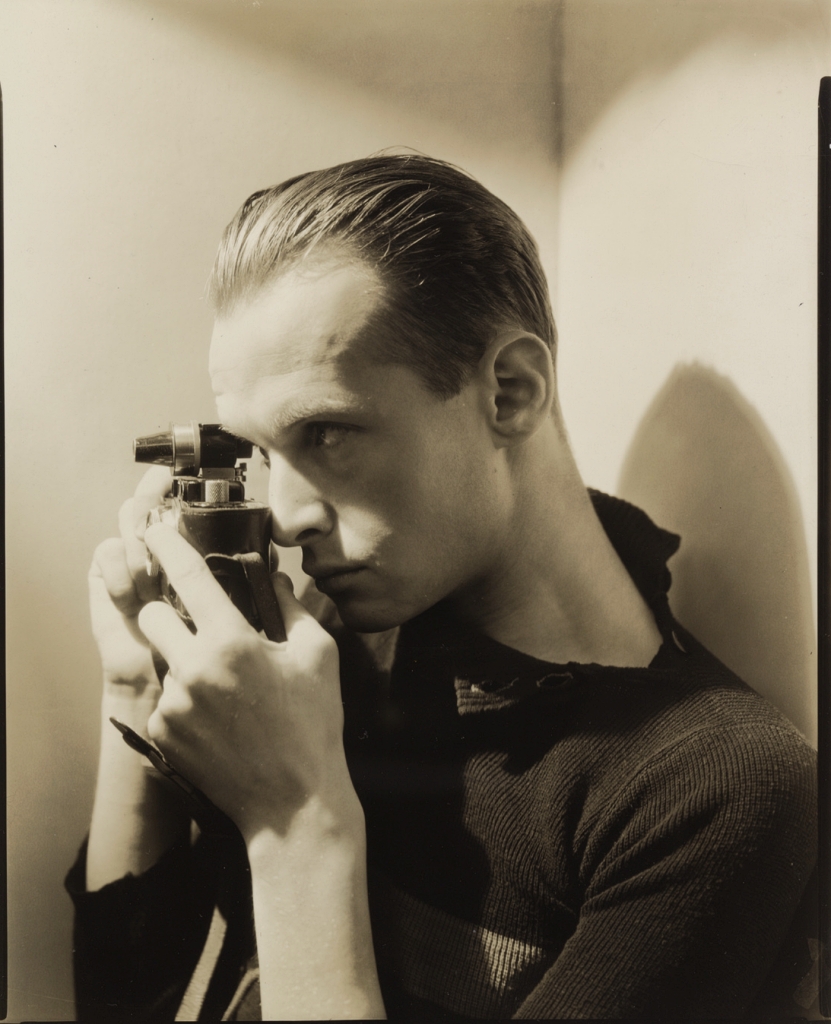

George Hoyningen-Huene – Henri Cartier-Bresson with his first Leica I, (Fondation Cartier-Bresson, Paris, 1935), © George Hoyningen-Huene Estate Archives
By 1932–1933, Leica introduced the Leica II with a built-in rangefinder, revolutionizing handheld precision. Photographs from the period suggest Cartier-Bresson experimented with this model as well, adopting the compact system that would define his approach to candid, on-the-street photography.
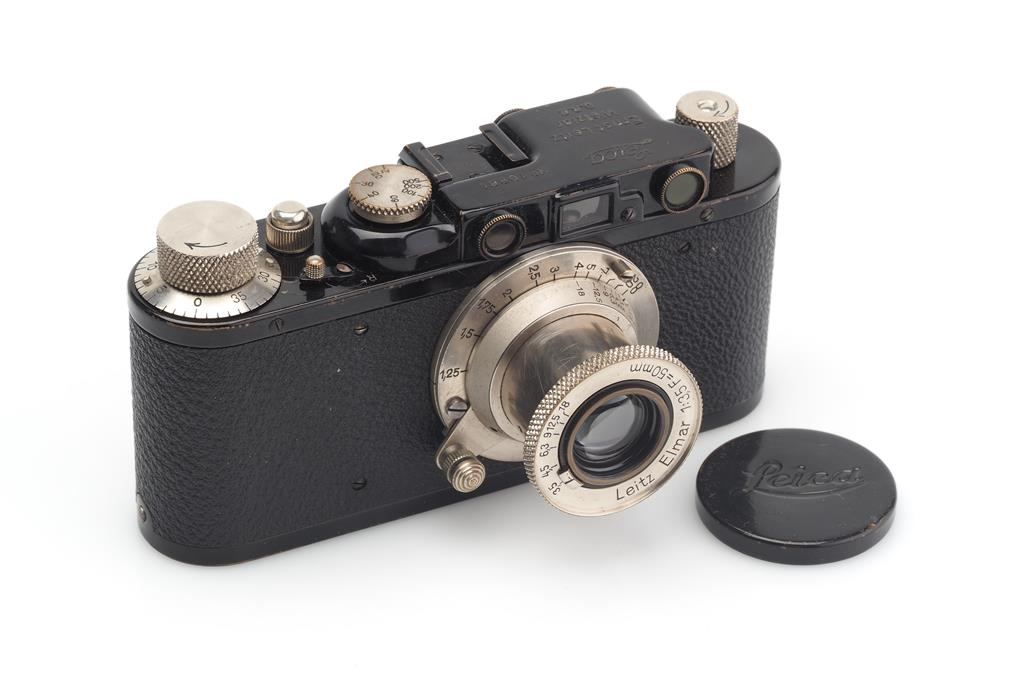
Leica II (Model D) - Source: Jo Geier - Mint & Rare
The decade also produced his most widely recognized image: a man leaping across a puddle, forever frozen in the air—a visual embodiment of his decisive moment philosophy.
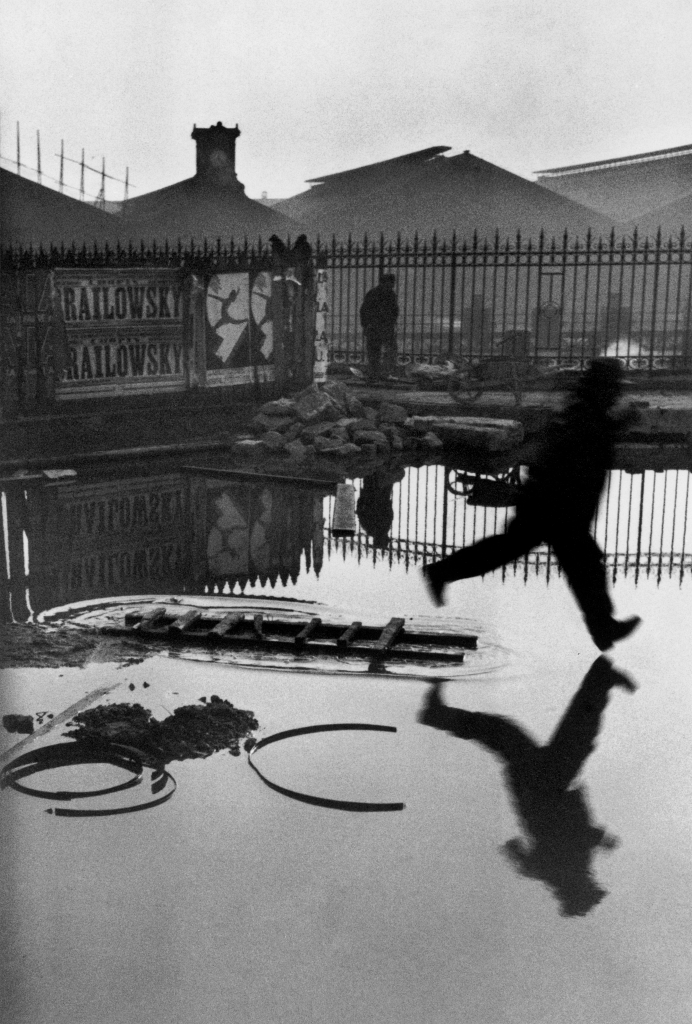
Henri Cartier-Bresson, Derrière la Gare Saint-Lazare, Paris, 1932, © Fondation Henri Cartier-Bresson / Magnum Photos
The 1940s: War, Travel, and the Leica IIIc
By the mid-1940s, Cartier-Bresson was seen with a chrome Leica IIIc (1946). He used it in the aftermath of the Second World War, documenting a world in flux. Despite his imprisonment as a war prisoner in 1942–43, Cartier-Bresson returned to Leica after his escape, a testament to his trust in the German-made camera.
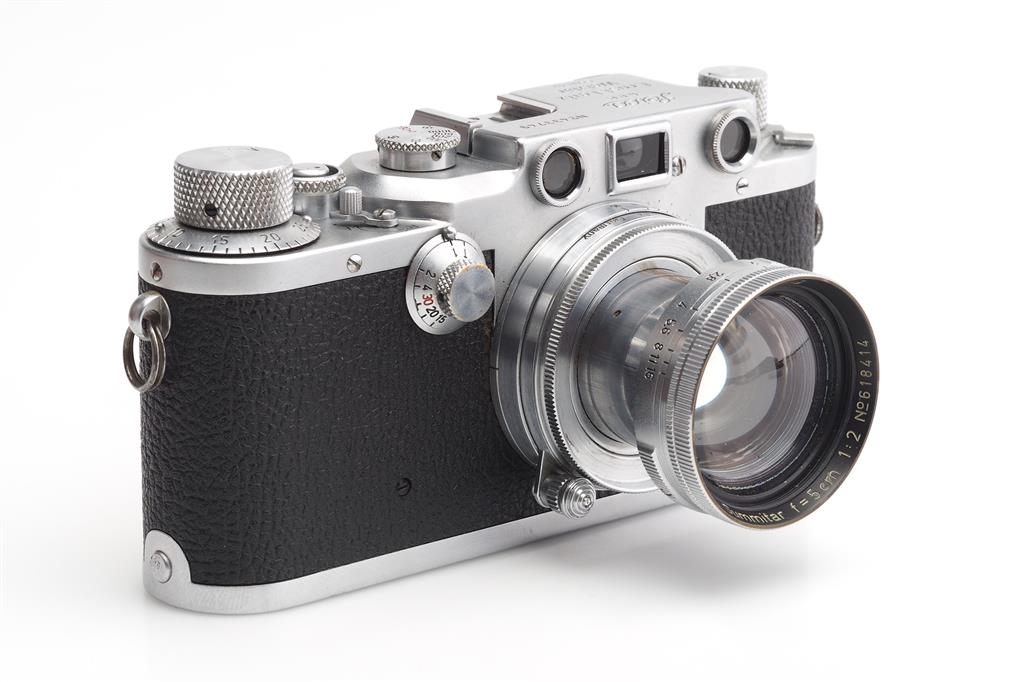
Leitz Leica IIIc Chrome #433749 w/ Summitar 2/5cm – Source: Jo Geier
It was during this decade that he produced some of his most enduring images: fleeting gestures, intimate portraits, and politically charged moments that spoke of a war-torn but rebuilding world.
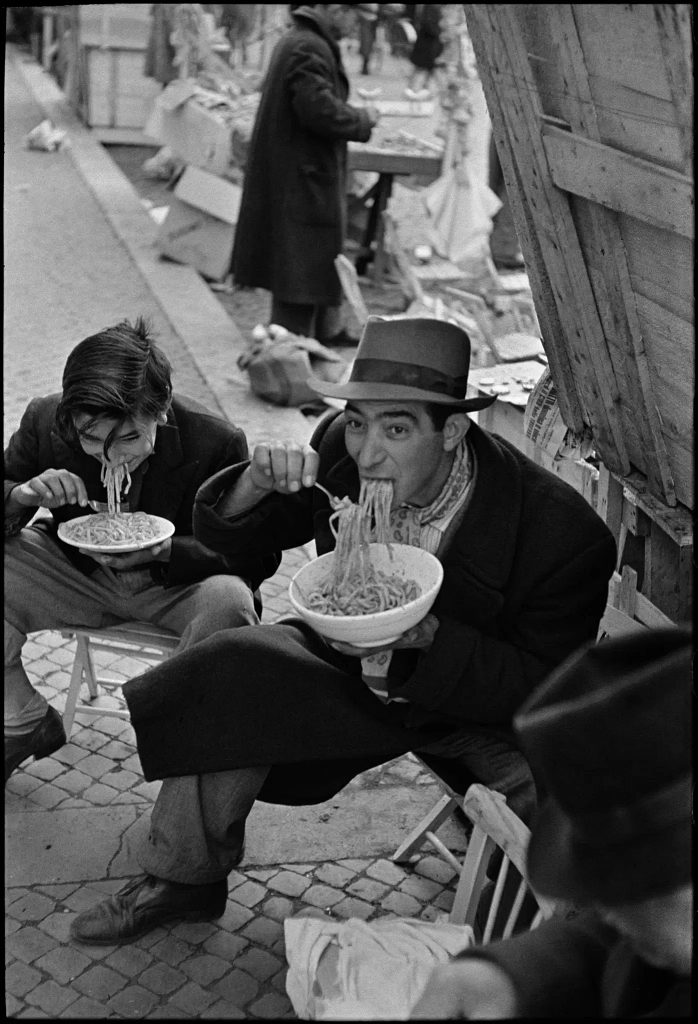
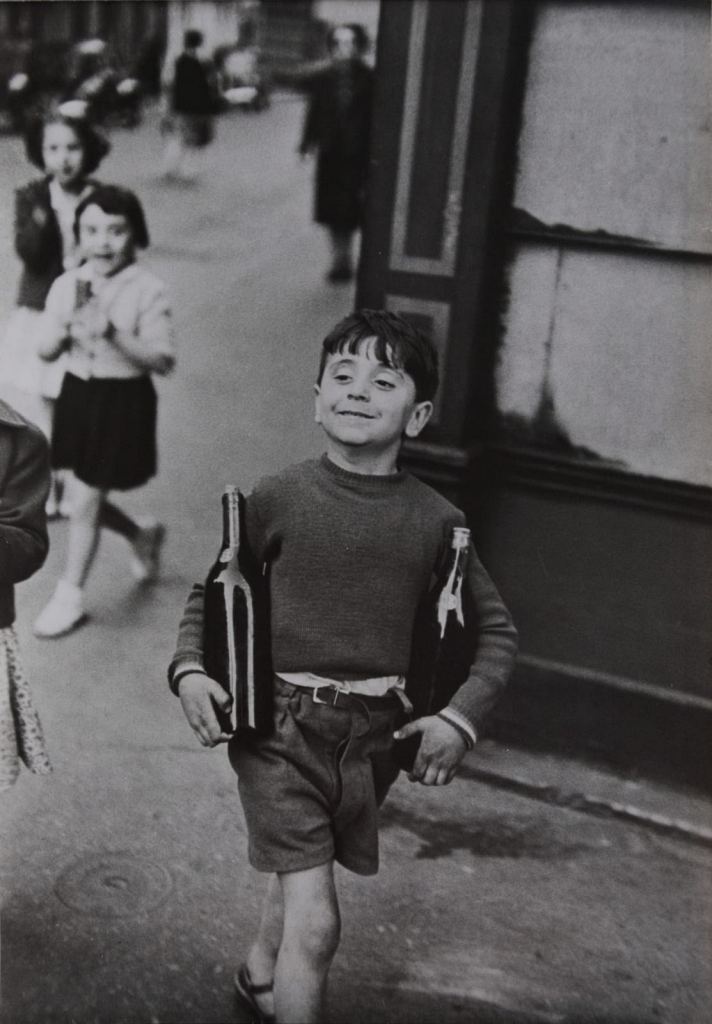
Epiphanie, Piazza Navona, Rome, 1951 Boy Carrying a Wine Bottle (Rue Mouffetard, Paris, 1954)
The 1950s: Black Paint for Invisibility
The 1950s marked Cartier-Bresson’s transition to the Leica M3, released in 1954. Unlike most chrome-bodied M3s available to the public, his camera was painted black—a finish reserved for press photographers. Black paint reduced reflections, allowing him to work more invisibly in sensitive situations.
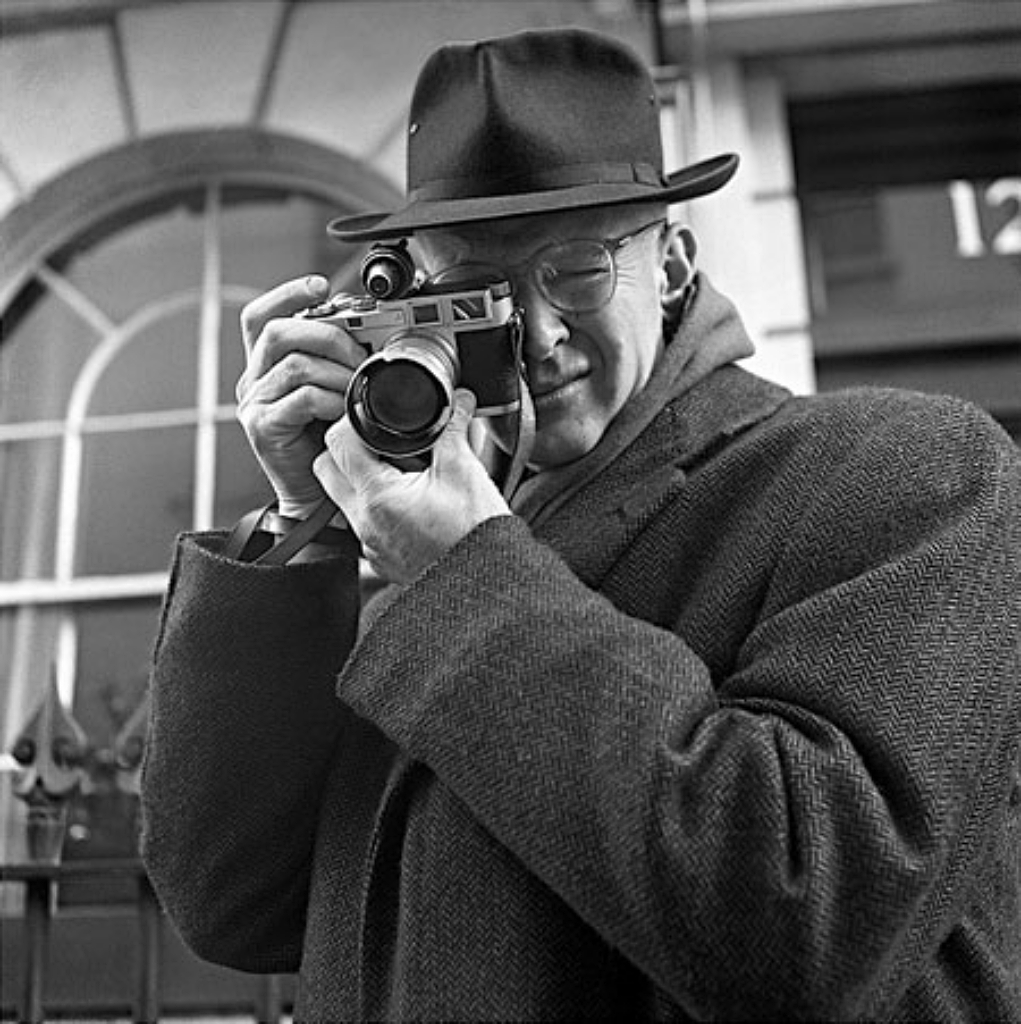
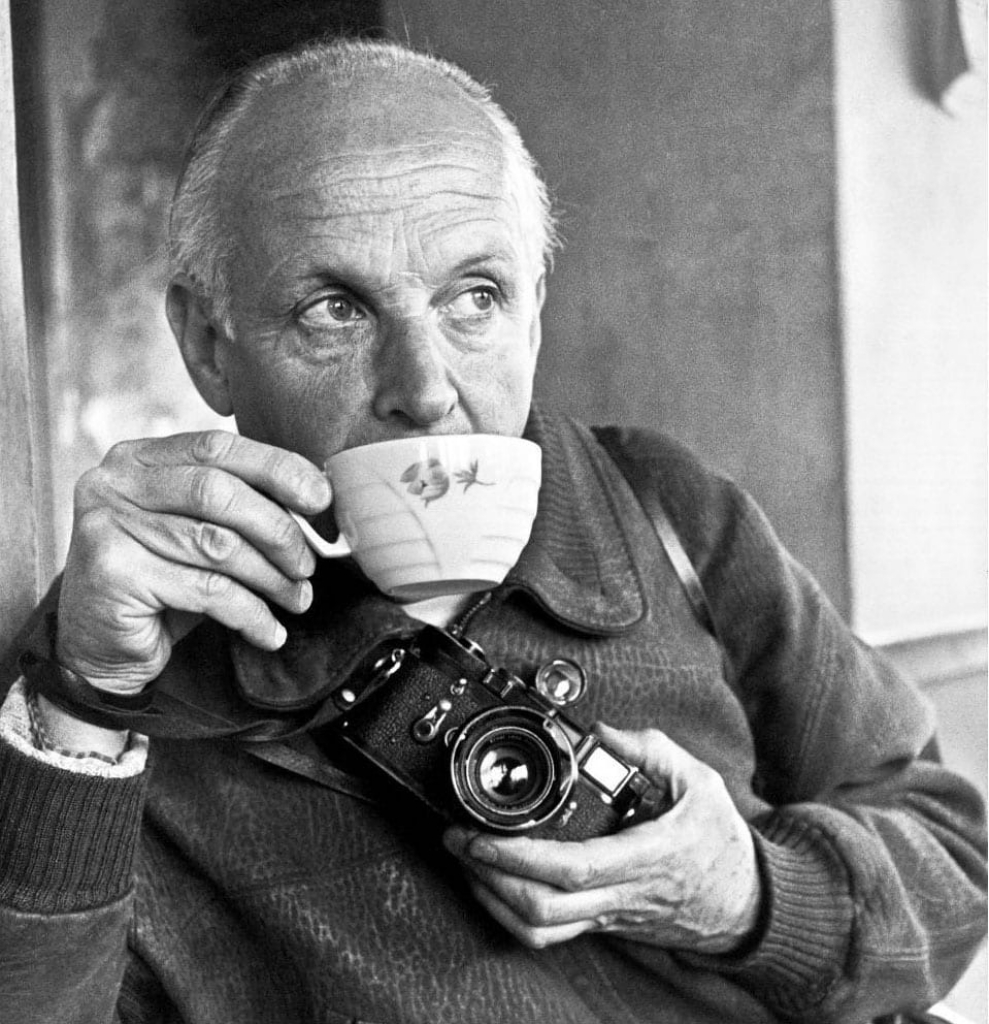
Jane Brown: Henri Cartier-Bresson with Leica M3, c. 1957 Ara Güler: Henri Cartier-Bresson with Leica M3
Even more exceptional was a 50mm lens made in black paint specifically for him—one of only five produced, and the only example never released to the public in that finish. He had this lens modified for screw mount, ensuring compatibility with both his M cameras and later models.

Leica M6 with H.C.B. marked Summicron 50mm & personal note – Source: Photographica Auctionen © 2008
The 1960s: Expanding the Toolkit
Cartier-Bresson was reported to be using a Leica IIIG by 1956. His 50mm remained his preferred lens, though contact sheets reveal he also used a 35mm lens, converted for screw mount to suit his needs.
Leica IIIg Black ‘HCB’ – Source: Leitz Auction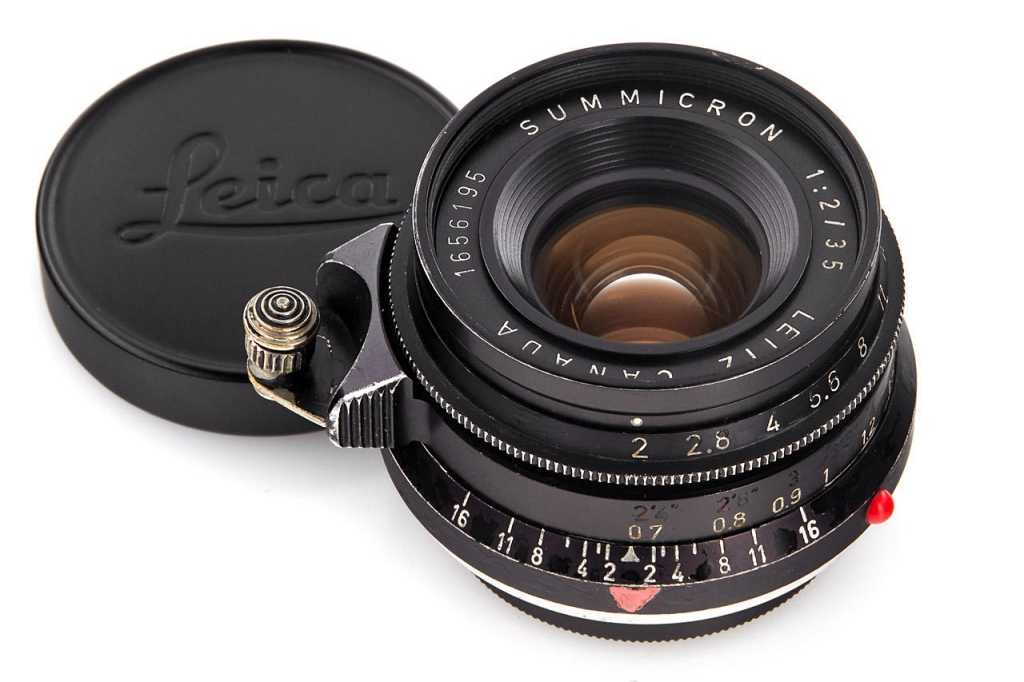
Summicron 35mm f/2 Black Paint ‘Cartier-Bresson’ – Source: Leitz Auction
Throughout the 1960s, Cartier-Bresson continued to travel extensively—documenting segregation in the United States, everyday life in China and Russia, and the funeral of Mahatma Gandhi. His Leica cameras proved indispensable, combining reliability, portability, and near-silent shutters. Notably, his images from Gandhi’s funeral gained international fame when the only other photographer’s films were destroyed, leaving Cartier-Bresson’s Leica negatives as the sole surviving record.![]()
Henri Cartier-Bresson, Gandhi’s secretary at Gandhi’s funeral pyre, Delhi, India – Source: Phillips
The 1970s–1980s: Later Leicas and the M6
Cartier-Bresson remained loyal to Leica as the decades advanced. By the 1980s, he used a Leica M6, discreetly taping over the red Leica logo to avoid attracting attention. The same modified black 50mm lens he had carried since the 1950s continued to accompany him—an extraordinary continuity in his photographic practice.

Henri Cartier-Bresson with Leica M6 – Photo: REUTERS / Charles Platiau
He also experimented with a Leica Minilux, a compact autofocus camera. Always in black, his equipment mirrored his commitment to invisibility and discretion in the field.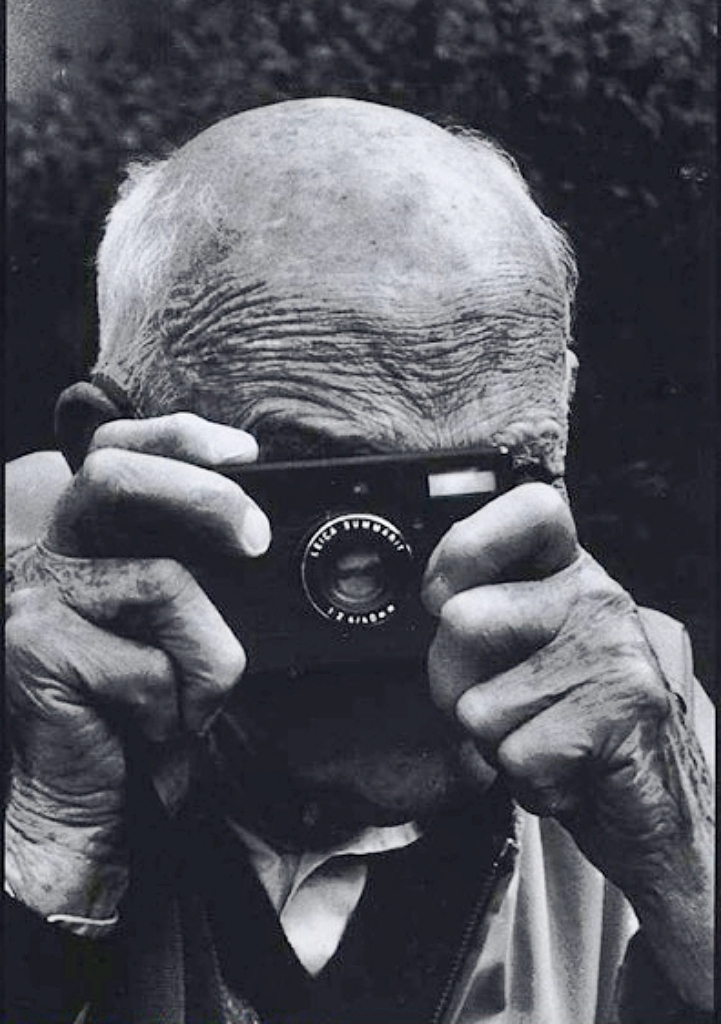
Henri Cartier-Bresson with Leica Minilux – Photo: © David Douglas Duncan
Beyond Photography: Drawing with a Pencil and a Camera
In his later years, particularly from the late 1980s into the 1990s, Cartier-Bresson returned to his first love: drawing. He often compared his pencil to the Leica, describing both as extensions of the eye and hand. For him, capturing life—whether on film or paper—was an act of presence, rhythm, and instinct.
Martine Franck – Henri Cartier-Bresson, Paris, 1992, © Martine Franck / Magnum Photos
Legacy
Cartier-Bresson co-founded Magnum Photos in 1947, pioneering the concept of copyright for photographers and ensuring authorship was respected. His influence extended beyond reportage—he set new standards for what photography could achieve as art, storytelling, and truth.
The cameras he used—humble, battered, often modified—were inseparable from his philosophy. From the black Leica I of 1932 to the taped M6 of the 1980s, Cartier-Bresson’s tools were chosen with purpose: discretion, reliability, and the ability to become invisible in service of the moment.
Collect Like Cartier-Bresson
At Mint & Rare, we specialize in rare and historically important Leica cameras—the very kind used by Henri Cartier-Bresson throughout his career. If you are searching for a Leica from the 1930s to the 1980s, or a historically significant piece connected to photojournalism, get in touch with us today.
Contact us: info@jogeier.com
Explore our catalog: www.jogeier.com
And don’t miss the full conversation between Jo Geier and Felix Hoffmann about Cartier-Bresson’s life and cameras—now available on our YouTube channel.
Image Credits & Sources
-
George Hoyningen-Huene – Henri Cartier-Bresson with his first Leica I (Fondation Cartier-Bresson, Paris, 1935)
© George Hoyningen-Huene Estate Archives -
Leica II (Model D) Postwar – Source: LiveAuctioneers
-
Leitz Leica IIIc Chrome #433749 w/ Summitar 2/5cm – Source: Jo Geier
-
Henri Cartier-Bresson, Epiphanie, Piazza Navona, Rome, 1951
© Fondation Henri Cartier-Bresson / Magnum Photos -
Henri Cartier-Bresson, Boy Carrying a Wine Bottle (Rue Mouffetard, Paris, 1954)
-
Jane Bown – Henri Cartier-Bresson with Leica M3, c.1957
-
Ara Güler – Henri Cartier-Bresson with Leica M3
-
Leica M6 with H.C.B. marked Summicron 50mm & personal note – Source: Photographica Auctionen © 2008
-
Henri Cartier-Bresson, Derrière la Gare Saint-Lazare, Paris, 1932
© Fondation Henri Cartier-Bresson / Magnum Photos -
Leica IIIg Black ‘HCB’ – Source: Leitz Auction
-
Summicron 35mm f/2 Black Paint ‘Cartier-Bresson’ – Source: Leitz Auction
-
Henri Cartier-Bresson, Gandhi’s secretary at Gandhi’s funeral pyre, Delhi, India – Source: Phillips
-
Henri Cartier-Bresson with Leica M6 – Photo: REUTERS / Charles Platiau
-
Henri Cartier-Bresson with Leica Minilux – Photo: David Douglas Duncan
-
Martine Franck – Henri Cartier-Bresson, Paris, 1992
© Martine Franck / Magnum Photos

